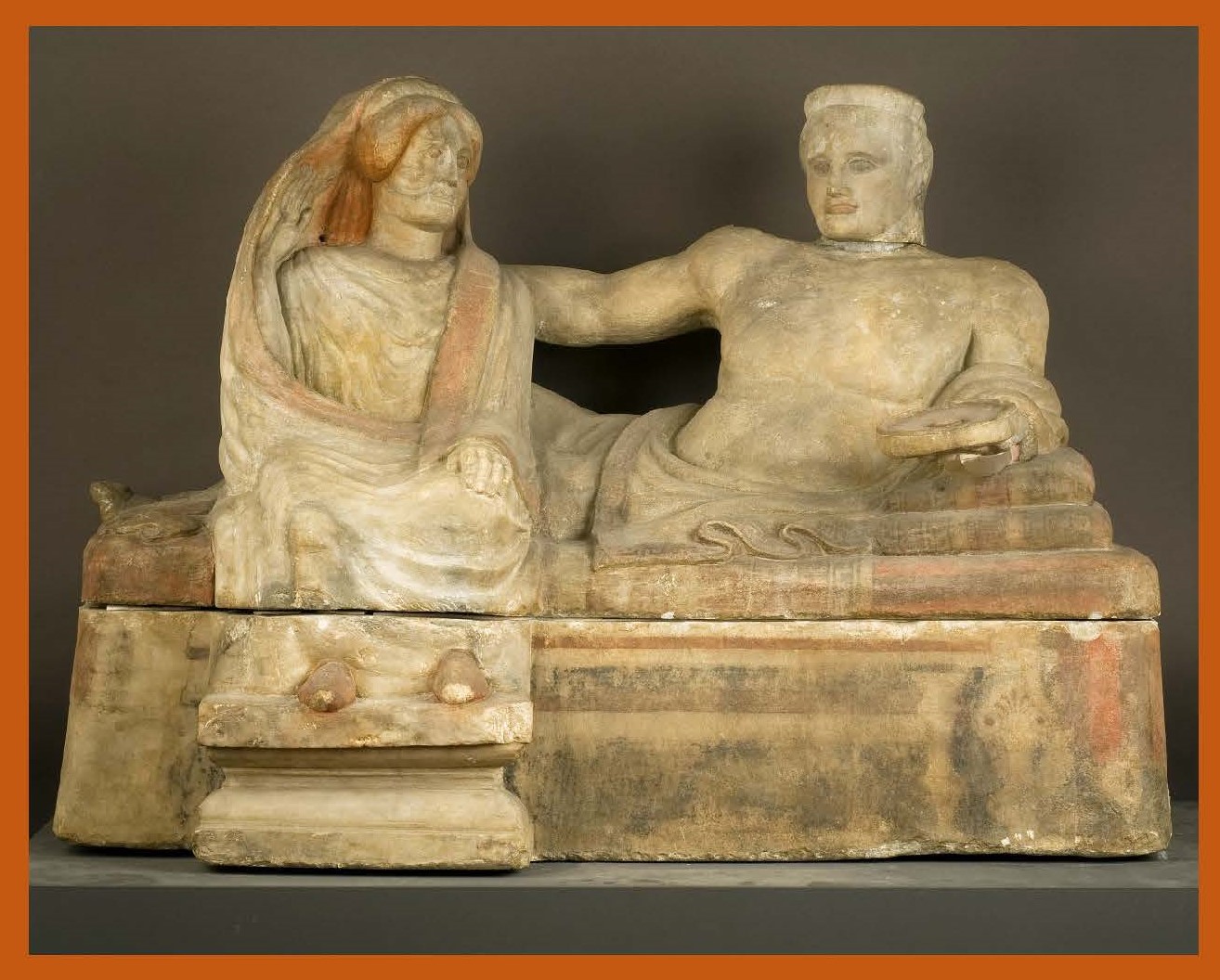Familie und Individuum. Zur Sichtbarkeit von Familienstrukturen im funerären Kontext auf etruskisch-hellenistischen Steinsarkophagen
DOI:
https://doi.org/10.25365/wbagon-2022-4-8Schlagworte:
Sarkophage, Hochzeit, Ehe, Jenseitsreise, Magistrat, ProzessionAbstract
The representation of family as well as the worship of the ancestors are among those topics that were particularly strongly emphasized within Etruscan art. Thus, the common burials of family members from several generations in large tombs are documented ever since the orientalizing period and culminate in the great family chambers of the Hellenistic period, wherein the members of the respective family can spend the eternal afterlife together. This idea is especially perceivable within funerary wall paintings. The sense of belonging and communion of the individuals gets stressed by the depiction of certain topics, outlining the importance of family and marriage. Although the Hellenistic stone sarcophagi are considered a type of sepulchral art rich in illustrations, depictions of marriage and bonding within the family are perceived to be found here rarely or not at all. Within the limits of my article, I will, based on a few selected examples, attempt to point out that there certainly are sarcophagi whose figurative decorations focus on the bond between husband and wife. Therefore, the depictions of the often discussed sarcophagus of Ramtha Vishnai and the Lasa sarcophagus from the necropolis of Ponte Rotto in Vulci as well as those of the so called ‘sarcofago del magistrato ceretano’ from the Tomba dei Sarcofagi in Caere will be examined in regard to relevant motifs, which allow for a (re-)interpretation of the scenes in a marital context and to check if in fact every procession of a magistrate can be interpreted in the sense of a journey to the underworld.
Downloads
Veröffentlicht
Lizenz
Copyright (c) 2022 author

Dieses Werk steht unter der Lizenz Creative Commons Namensnennung 4.0 International.

